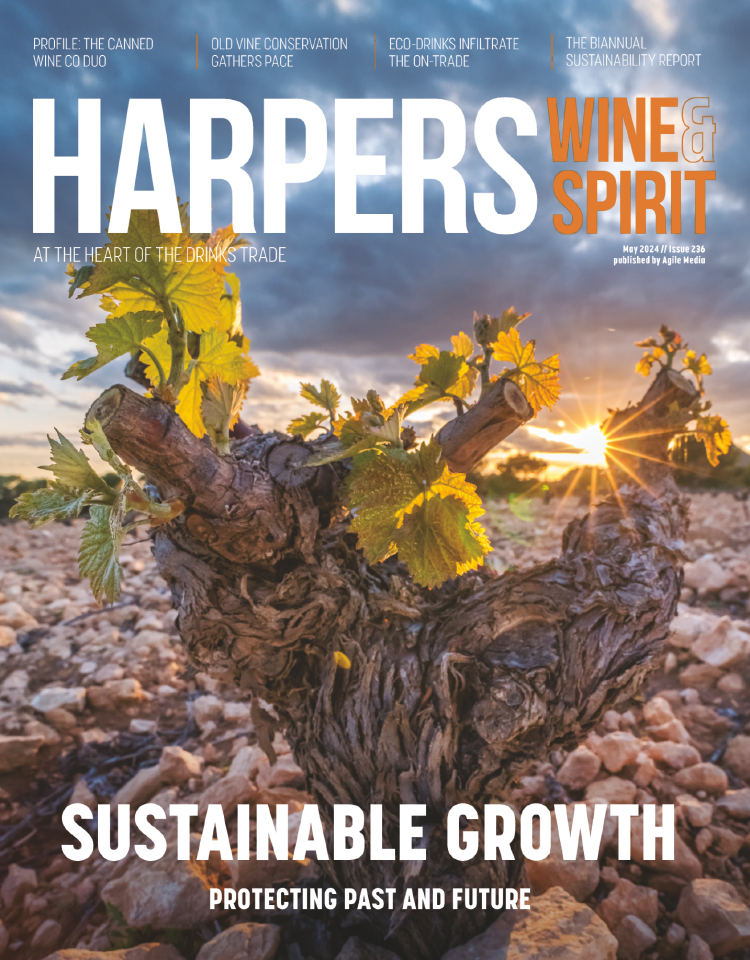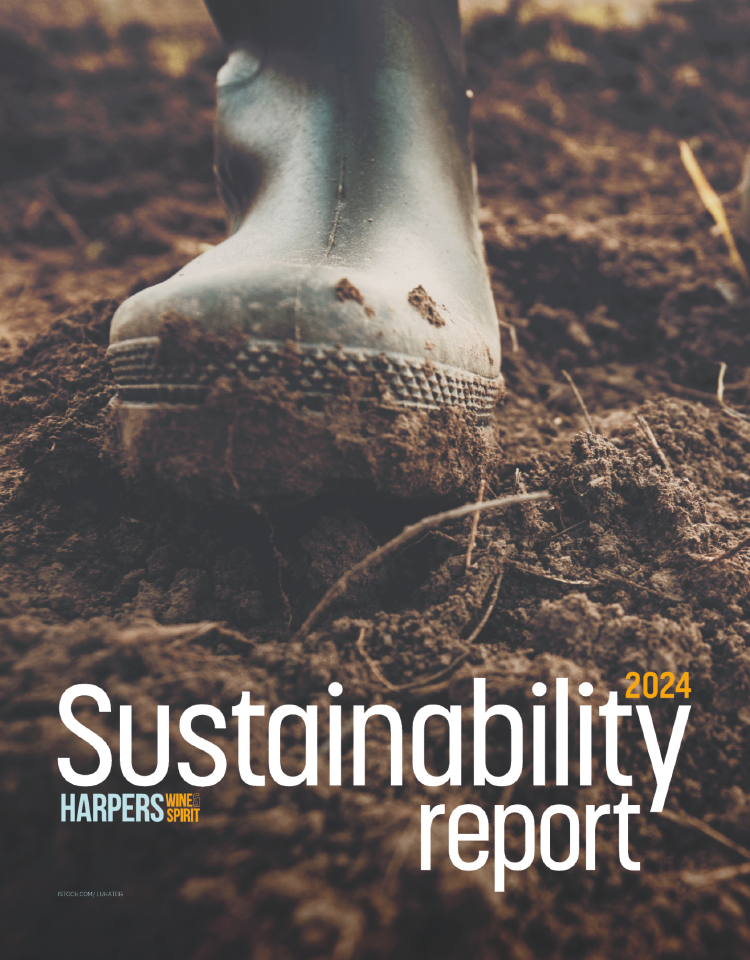Mike Matthews: Croatian wine in a day at Delfina, London
Croatia is an area that has caused one or two murmurings recently. For me it's a bit of an unknown quantity. So what better way to bring myself up to speed on the Balkan states wine industry by sitting in on a couple of seminars explaining, and sampling, the delights of the nation's vinous offering's.
Croatia is an area that has caused one or two murmurings recently. For me it's a bit of an unknown quantity. So what better way to bring myself up to speed on the Balkan states wine industry by sitting in on a couple of seminars explaining, and sampling, the delights of the nation's vinous offering's.
First thing firsts, some facts. Croatia is one of the globe's oldest wine producing countries going back some 2500 years. Vines were first introduced by the ancient Greeks and maintained throughout the Roman and Ottomans eras. UNESCO claims the country has some of the oldest cultivated vines in the world.
Currently there are 200 vine varieties with at least 64 indigenous species. These include Po?ip, Malvasia Istriana, both white, Teran, Plavic Mali and Babi?, red.
Croatia boasts 800 wineries with 17, 000 registered winegrowers, this culminating in 24000 hectares under vine, producing 60 million litres per year. The main bulk of wine produced is white, this equates to 60% of annual production. Croatia does produce some sparkling wines but it is tiny, less than 1%.
The first seminar, hosted by Joe Wadsack and Croatian wine writer Sa?a ?piranec, was an introduction to the wines from Dalmatia and Istria, with a focus on native varieties. Situated along the Adriatic coast, these two wine producing regions deliver up some very interesting styles. The wines on tasting, both red and white, were dominated by heat and spice. Wine producer Zlatan Otok's 2010 Po?ip, an indigenous white varietal was a fine example of diversity. The nose showing pear, cream, but dominated by white pepper and spice, whilst the palate delivering subtle pear fruit diminishing quickly to give over to the dominance of the peppery spice again yet, rich in minerals.
Meanwhile, producer Stina's red variety Plavac Mali, a grape related to Zinfandel, emitted a very distinctive clove aroma whilst the palate was big on dark black fruit, cloves, spice, pepper, minerals. Each wine had layer upon layer. Given time to open up more, it would have been interesting to see how they would develop.
The second seminar, hosted by the Independent's Anthony Rose, and accompanied by Sa?a ?piranec, was given over to the lesser known northern regions of Slavonia/Danube & Croatian uplands. Here we see the influences from neighbouring countries like Hungary, Slovenia and even Italy across the water. Gra?evina, the Croat name for Welschriesling, plus other more noted varieties, Sauvignon Blanc, Gewürztraminer, Pinot Noir and Cabernet Sauvignon make an appearance. The wines across the board exhibited some great, classical old world styles. The Pinot Noir you knew was Pinot likewise the same said for the Sauvignon Blanc not some cheap wannabe mass produced style. There was class and elegance in what was on show.
On reflection, it's funny how we get tied up by what we see as traditional wine making countries. If the general public were to peruse the shelves and see a Croatian wine, the likelihood is it will be ignored. After all, where does Croatia stand in the grand scheme of wine producing countries? The answer, it was one of the originals.
So based on what I have seen and tasted yesterday it should be a country that everyone should look at with great interest. The murmurings I mentioned at the top seem well and truly justified.
* Mike Matthews is an independent wine merchant who writes his own blog, read more of his work at http://magicsnewbiewines.com/






